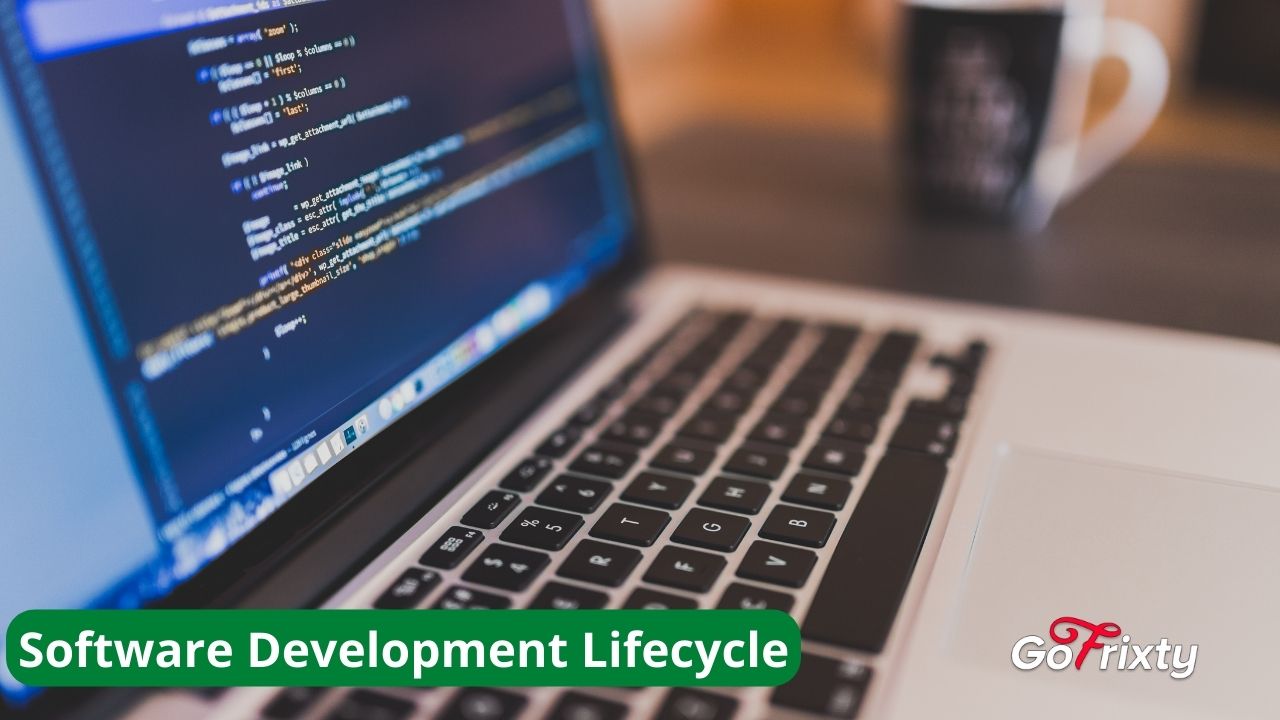SDLC stands for software development lifecycle. A software development lifecycle is essentially a series of steps, or phases, that provide a framework for developing software and managing it through its entire lifecycle. Although there’s no specific technique or single way to develop applications and software components, there are established methodologies that organizations use and models they follow to address different challenges and goals. These methodologies and models typically revolve around a standard, such as ISO/IEC 12207, which establishes guidelines for the development, acquisition, and configuration of software systems.
Software Development Methodologies
The most frequently used software development models include:
Waterfall: This technique applies a traditional approach to software development. Groups across different disciplines and units complete an entire phase of the project before moving on to the next step or the next phase. As a result, business results are delivered at a single stage rather than in an iterative framework.
Agile: Adaptive planning, evolutionary development, fast delivery, continuous improvement, and highly rapid and flexible response to external factors are all key components of an Agile approach. Developers rely on a highly collaborative, cross-functional framework with a clear set of principles and objectives to speed development processes.
Phases of the SDLC Process
Step 1: Plan
The first step in any initiative is to map out a planning process. During this phase, an organization must identify the release theme, contents, and timeline. This typically includes activities such as collecting end-user requirements, determining user stories to include in the release, and planning release phases and dates.
Key considerations at this phase include:
- Ensuring an application meets business requirements.
- Engaging in threat modeling/secure design.
- The choice of language and libraries to use in the development process.
- Mapping test cases to business and functional requirements.
Step 2: Code and Build
This phase includes the actual engineering and writing of the application while attempting to meet all of the requirements established during the planning phase.
Key considerations at this phase include:
- Training developers on secure coding.
- Finding and fixing defects and security vulnerabilities in code, while writing it.
- Using open-source components in a secure way.
- Reducing the unproductive time that developers spend waiting for test results




